QuestionI been having a trust issue with a horse I've been working. The horse just resently became blind in his right eye. He's fine when its just me riding him and when were in the ring alone. But he just can't seem to handle having other people or horses around... Is there anything I can do to get him to trust other people and relax when we're around other riders and horses?
AnswerHi Beka!
Yes, there are lots of things you can do. My mare Tess, "Pretty Ultress", there are photos of her on my website, has a partial blindness in her left eye. She had a wonderful show career.
I didn't start to show Tess until she was seven years old. It took a few years to really get her to trust me to the extent that busy warm up pens and the hustle and bustle of a quarter horse show were not an issue for her. Ground work is a must. Do lots with your flag, tarp and slicker. Use your flag every day, ride with it. Keep building on layers of confidence that will make your horse believe in you. I spent hours every day out on the trail. I am a very vocal person, and adding lots of vocal cues and comfort made a huge difference for my mare.
Touch is also very important for horses in general. It will just be more important for your horse. When he starts to feel uncomfortable, get your hands on him and rub him soft and smooth like his mother would do. Talk to him. You will have to compensate with touch and sound to make up for the loss of vision on the right side.
There have only been limited studies pertaining to interocular transfer (IOT) that is visual transmission of information from the left and right hemispheres of the brain in horses. The reason that this is an issue is due to the role the corpus callosum plays in the transfer of visual information. The function of the corpus callosum in horses is very different than that of a human. These nerve bundles that connect the hemispheres of the brain function in a more independent way in the horse. This independence in the transfer of information allows the horse to act and react to the information coming from each eye. The left horse sees and reacts as well as the right horse. Really it is as if you have two horses that your are riding and teaching. You will now have to teach the blind half of the horse as well as the sighted half of the horse in very different ways. We have always had to teach both the left and right side of the horse, you will really be able to see the difference and impact of a vision loss very clearly. The sighted side of the horse will become very sensitive to things appearing out of the blind side, so be very careful to add touch and sound when moving from the blind side into the sighted side.
You will have to be so particular with all the ground work you do. You will have to do so much more and be very attentive to the details of really getting to the feet! Get the "Ground Work" book and DVD by Buck Brannaman and do everything, with the highest quality you can.
Stay in a busy arena. Don't shy away from the difficult. Just get very good at controlling your horses feet, this alone will give him so much confidence because he will know that YOU have a plan. Be careful not to get him into a jam. It will be your job to protect him from others being careless.
I also like the idea of wearing a bell, on you that is! Find something that has a pleasant, soft sound and pin or tie it to your clothing. The soft sound of the bell will tell your horse exactly where you are and will reinforce your presence in between words. I have seen horses with total blindness follow a pasture mate that wore a bell. It really offered comfort and an audible marker for the blind horse to key in on.
Give these things a try. I have links to Bucks site at www.Laurelmountainfarms.com look at the "Favorites" page. Good luck and keep me posted!
Smiles! Denise

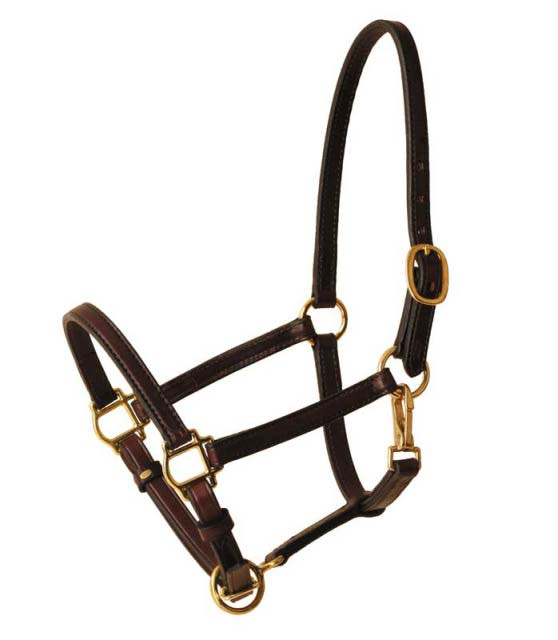 halter
Questionhalter
QUESTION: hello sir, may i know w
halter
Questionhalter
QUESTION: hello sir, may i know w
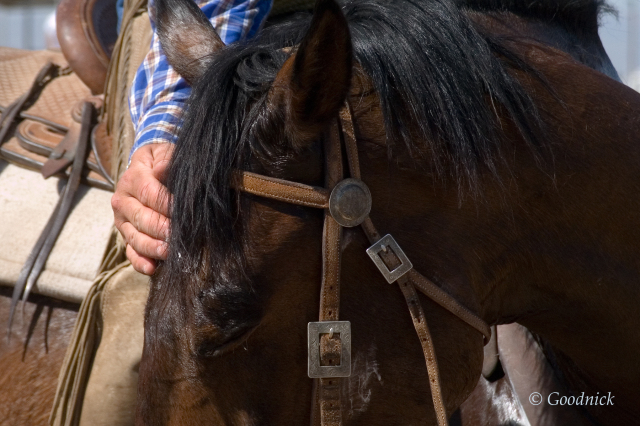 What is and isnt respect
QuestionQUESTION: Denise, my 2 yr old filly is doing we
What is and isnt respect
QuestionQUESTION: Denise, my 2 yr old filly is doing we
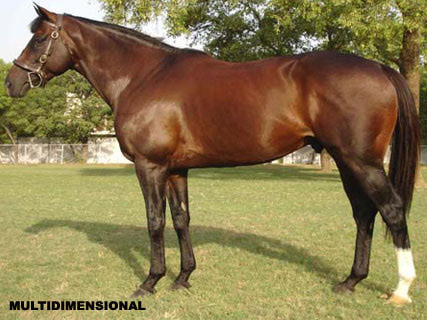 conformation evaluation
Question
multi 2 multi 2
hello Brittney, c
conformation evaluation
Question
multi 2 multi 2
hello Brittney, c
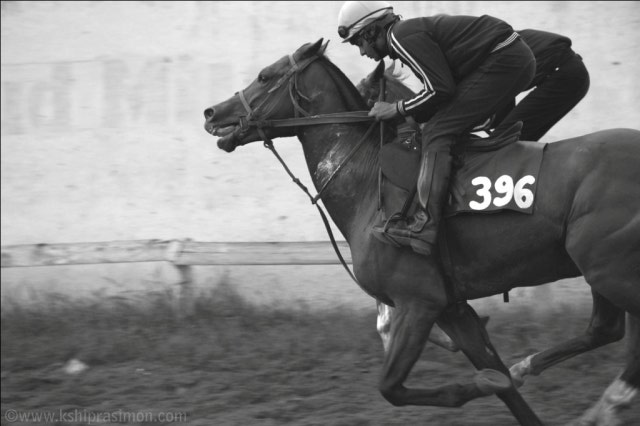 tongue up
Questiontongue up
QUESTION: hello maam, is this
tongue up
Questiontongue up
QUESTION: hello maam, is this
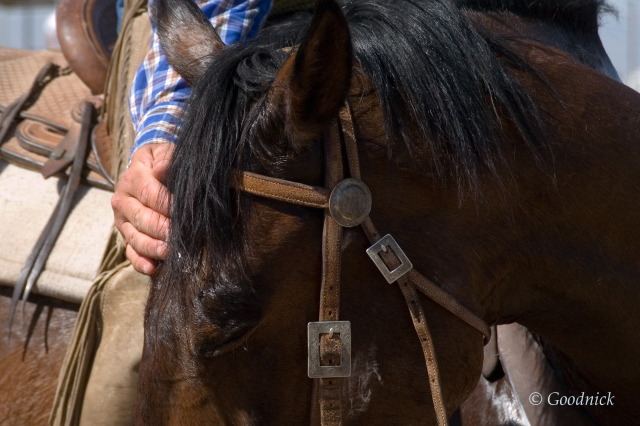 Halter breaking an older horse!
QuestionQUESTION: I am at a total and complete loss of
Halter breaking an older horse!
QuestionQUESTION: I am at a total and complete loss of